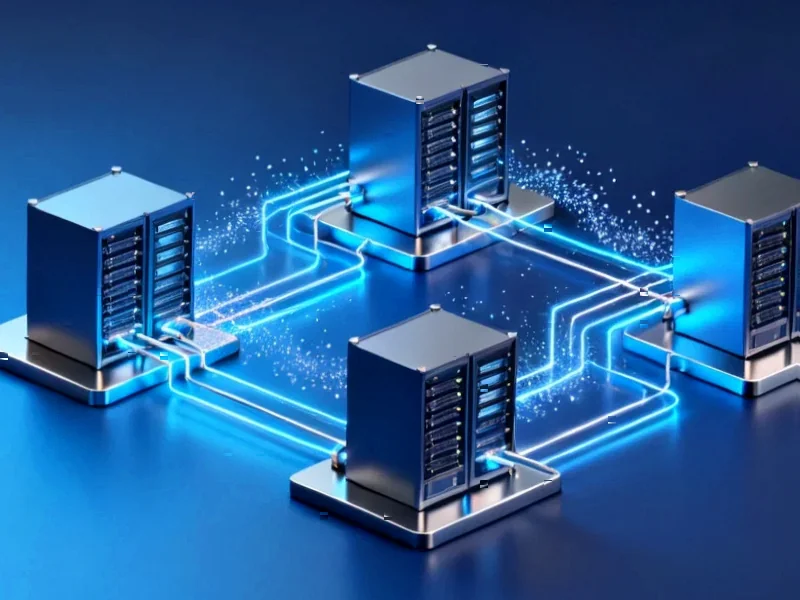According to Utility Dive, the electric grid is evolving rapidly due to the rise of Distributed Energy Resources (DERs), Electric Vehicles (EVs), and home electrification, driving the need for smarter metering systems beyond traditional AMI 1.0. EnerNex, a grid technology consulting firm, emphasizes that AMI 2.0 represents a significant advancement, offering real-time data insights that benefit both utility operations and customer savings through dynamic pricing and demand response programs. The technology features higher sampling rates, near real-time communication, and enhanced data processing that convert raw data into actionable insights for predictive maintenance and DER integration. Utilities face strategic decisions about whether to evolve gradually from AMI 1.0 or leap directly to AMI 2.0, with regulatory approval depending on demonstrating clear customer-centric value streams and cost efficiency. This technical evolution represents a fundamental shift in how utilities manage grid complexity.
The Technical Architecture Behind AMI 2.0
What makes AMI 2.0 fundamentally different from its predecessor isn’t just faster data collection but a complete architectural redesign. Traditional AMI 1.0 systems operated primarily as data collection endpoints with centralized processing, creating significant latency and bandwidth constraints. AMI 2.0 embeds computational capabilities directly at the grid edge, transforming meters into distributed computing nodes. This architectural shift enables local processing of complex algorithms for anomaly detection, power quality monitoring, and DER coordination without requiring constant communication with central systems. The meters themselves become intelligent sensors capable of running edge analytics for immediate response to grid conditions, fundamentally changing how utilities manage distributed resources.
The Communication Infrastructure Revolution
The move away from vendor-specific mesh networks to interoperable architectures represents one of the most significant technical advancements. Older AMI 1.0 systems often relied on proprietary communication protocols that created vendor lock-in and limited scalability. AMI 2.0 leverages modern communication technologies including 5G, LTE-M, and NB-IoT to create flexible, standards-based networks. This transition enables utilities to deploy heterogeneous communication strategies that can adapt to varying geographic and operational requirements. The ability to utilize multiple communication pathways ensures reliability while providing the bandwidth necessary for high-frequency data sampling and real-time control signals essential for managing EV charging and DER dispatch.
Advanced Analytics and Machine Learning Integration
The real power of AMI 2.0 lies in its ability to transform raw electrical measurements into predictive intelligence. Unlike AMI 1.0, which primarily focused on billing accuracy and outage detection, AMI 2.0 systems incorporate machine learning algorithms that can identify subtle patterns indicating equipment degradation, non-technical losses, or emerging power quality issues. These systems can process waveform data at sampling rates exceeding 128 samples per cycle, enabling detection of transient events that traditional systems would miss. The analytics capabilities extend beyond the meter itself to cloud-based platforms that aggregate data across the entire service territory, creating system-wide intelligence for optimizing grid operations and anticipating future capacity needs.
Technical Implementation Challenges and Considerations
While the benefits are substantial, utilities face significant technical hurdles in AMI 2.0 deployment. The transition requires careful consideration of backward compatibility, cybersecurity frameworks, and data management infrastructure. Unlike AMI 1.0 deployments, which were largely standalone projects, AMI 2.0 must integrate with existing distribution management systems, geographic information systems, and customer information platforms. The cybersecurity implications are particularly critical, as these intelligent edge devices represent potential attack vectors that could compromise grid stability. Utilities must implement robust encryption, secure boot processes, and continuous monitoring to protect against sophisticated threats targeting the expanded attack surface created by distributed intelligence.
The Future Technical Roadmap
Looking beyond current capabilities, AMI 2.0 architecture is designed to support continuous evolution through software-defined functionality and modular hardware upgrades. The platform approach enables utilities to deploy new applications and services without replacing physical infrastructure, creating a foundation for future innovations like distributed energy market platforms, vehicle-to-grid integration, and advanced grid-forming controls. As artificial intelligence capabilities continue to advance, these systems will increasingly enable autonomous grid operations where AMI devices not only monitor conditions but actively participate in maintaining grid stability through coordinated control of distributed resources. This represents the true transformation from metering infrastructure to distributed intelligence platform.




